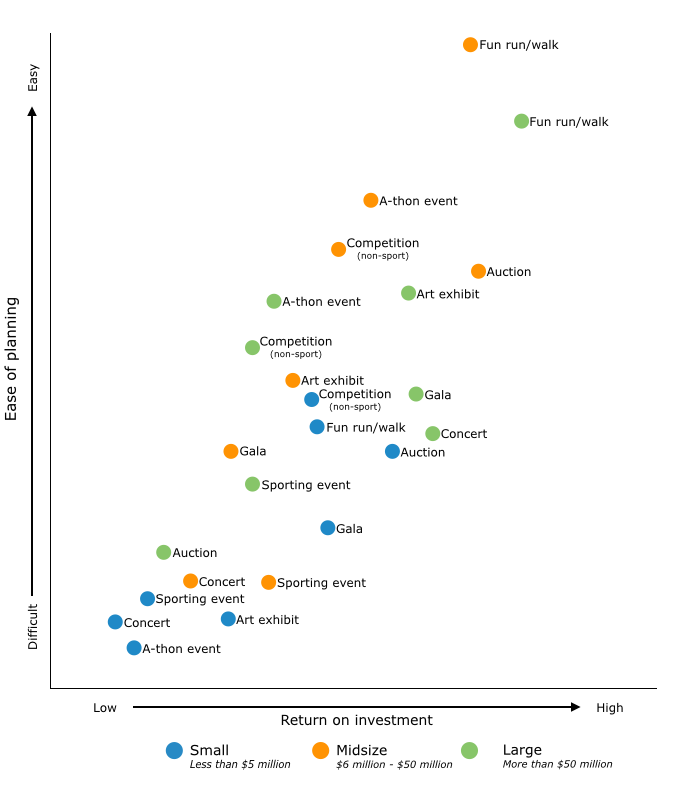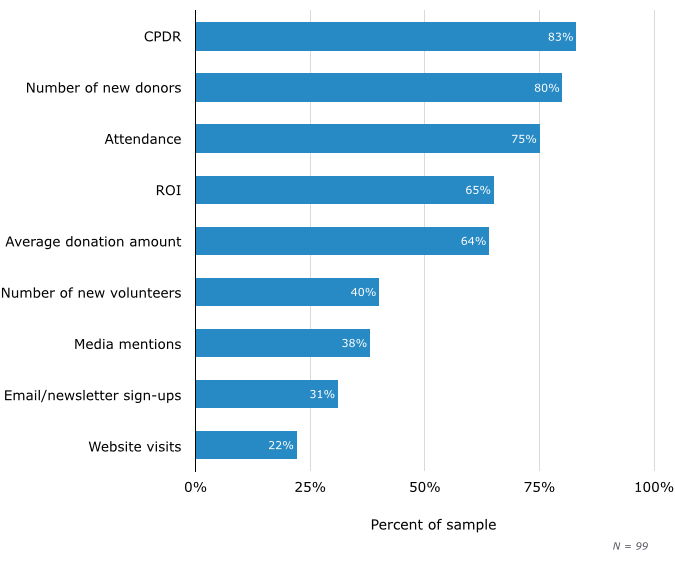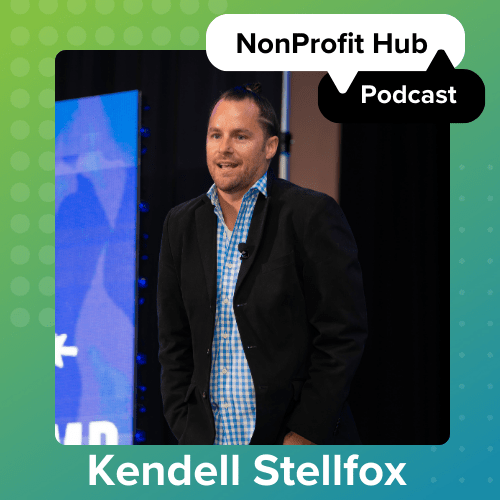For nonprofits looking to get a little more buck out of their fundraising events, go running.
According to a survey conducted by Software Advice on the profitability and ease of planning major events, fun runs/walks were best events for mid-sized and large nonprofits—by a mile.
Fun runs, which the fundraising software research website classified as events that did not require special permits or road closures, scored the highest on ease of planning as well as profitability. Janna Finch, the senior market research associate at Software Advice, said she was initially surprised with how well they scored.
“It makes sense because they have the crowdfunding and peer-to-peer fundraising built in,” Finch said. “You don’t go to a fun run or even a marathon without those personal fundraising pages built in. You can multiply it and you can see the pledges.”
While fun runs are the most profitable and easiest to plan, the other side of the spectrum was littered with events run by smaller nonprofits, which were categorized as organizations with budgets less than $5 million. The bottom four were A-thon events (endurance events, e.g. dance-a-thons), concerts, sporting events and art exhibits run by small profits.
Finch said the lower return rate for smaller nonprofits might stem from a lack of experience from planning big events. She said typically these organizations have a smaller number of paid staff and are more volunteer-driven, which creates more turnover each year for planning and record-keeping.
“For small nonprofits everything is a little harder for them and a little less productive,” she said. “I am hypothesizing that’s because of their resources and they are already starting with a small budget.”
Finch said one way to overcome personnel limitation is through software. She said using programs that allow guests to check via mobile and other auction-specific software can streamline the planning process. The most popular program to plan for the events were spreadsheets, which were used by 84 percent of respondents. Nearly half (47 percent) use either event planning software or handwritten records.
The report also measured the information nonprofits track in conjunction with their events. The most common metric used was cost per dollar raised at 83 percent followed closely by the number of new donors at 80 percent. Attendance, return on investment and average donation amount were all used by at least 60 percent of respondents.
Sometimes the data doesn’t come from the single day of the event. Finch shared one example of an event put on by the Ventura (Calif.) Botanical Gardens. The group’s luncheon cost $81,000 to host and raised $130,000 on the event day. However, the impact was multiplied as they asked the attendees to pledge donations during the next five years, which netted an additional $470,000.
Finch said the data tracked at all events need to align with the organization’s goals.
“If contributions, donations, revenue generated is most important then that should be at the top of the list,” she said. “I don’t think they should ignore the other numbers like tracking attendance numbers, figuring out how many new donors, are they acquiring because of the greater publicity or are they attracting new volunteers.”
Finch wrote the three major takeaways from the study were for nonprofits to plan transformational events, ask for annual pledges and use fundraising and event planning software. Regardless, events are about more than just the number of dollars raised on one specific day.
“Events aren’t necessarily big revenue generators, but they do have other benefits,” Finch said. “They can also be about getting new donors, increasing awareness as a whole or getting a specific message out.”
The results were compiled from 99 nonprofits surveyed with the only requirement of completing a major event during the past year. To read the full report, click here.









